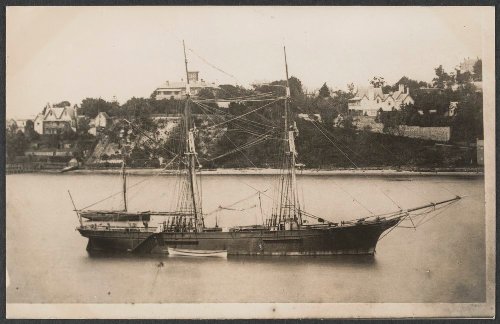I finished my short essay on the Thames Iron Works today. I spent about an hour in the library, looking up a few final bits of information, before finishing it off and sending it to Nick (at work). He said he won’t have time to read it before Christmas but I reckon he’ll not be able to resist sneaking a peek.
Finished, it ran to just over 2,000, very satisfying words. When I was at high school, I tended not to be very interested in things like maths, saying I’ll never use quadratic equations in the real world. However, the ability to research, construct and deliver an essay on a given subject has proven more than necessary. I’m certainly glad I listened during English!
Basically, the story is one of great success followed by adversity, which, having been overcome, leads to greater success but then, finally total collapse.
Thames Iron Works went from being one of the biggest and most successful shipbuilders on the Thames to an empty and abandoned shell in just 56 years.
Their greatest achievement was the construction of the first ironclad warship, HMS Warrior, which can still be seen (and visited) in Portsmouth Historic Dockyard. I know because I’ve been on it.
I’ve also seen the iron works as it’s just across the water, opposite Trinity Buoy Wharf. It’s difficult to visualise such a massive ship being built in the now, grim remains.
And then, of course, it was back to object researching.
The most interesting object this afternoon was a model of a ship called John Wesley. She (odd calling her ‘she’ when she had a male name) was built in Aberdeen for the London and Australia trade. Then, for some reason, she was given to the Wesleyan Missionary Society, which she served well until, in 1881, she returned to her previous trade.
Then, inexplicably, in 1892, she disappeared somewhere in the Pacific Ocean, never to be seen again.
Here’s a photo of her in Double Bay.
I think she’s quite a pretty little brig.




So back to the ships and I think she is pretty too.
love mum x